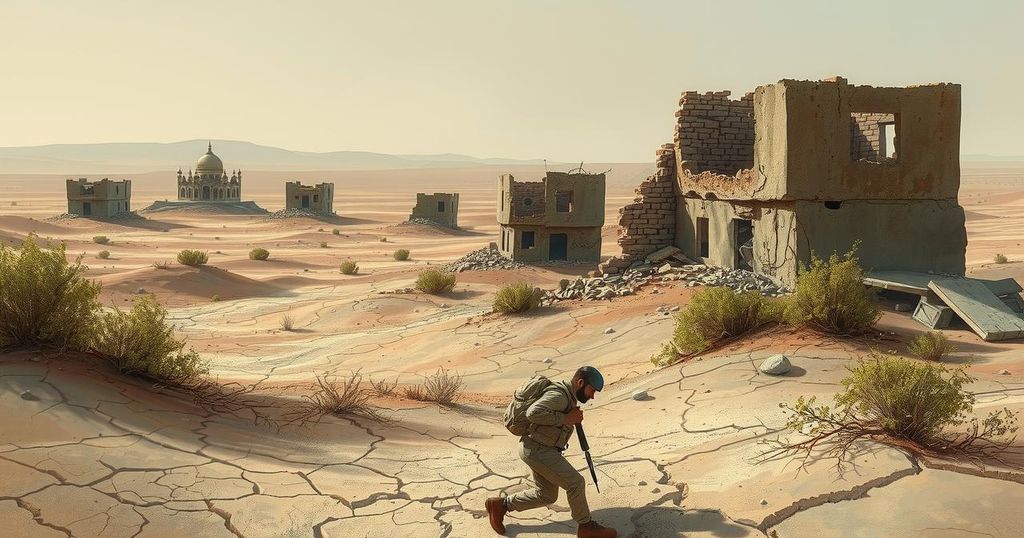Bashar al-Assad’s rule in Syria has been challenged since 2011 by protests leading to civil war, marked by significant violence from government forces. International responses included allegations of chemical attacks and military action from Russia. Despite facing dwindling support in 2024, opposition forces made significant advances, ultimately resulting in reports of Assad fleeing Damascus.
Bashar al-Assad has faced considerable unrest since March 2011 when protests erupted in Syria, fueled by pro-democracy movements across the Middle East. Despite attempts at reforms, including cabinet reshuffles and promises to abolish oppressive laws, government violence against demonstrators intensified. By mid-2012, armed opposition groups began staging effective attacks against government forces, marking a shift towards civil war.
The Syrian civil war evolved rapidly, with Assad’s regime relying on military force to suppress dissent. His regime’s use of violence drew international outcry but also highlighted a narrative of external threats framing the government as a defender against insurgents. Attempts for peace mediation by global entities, such as the Arab League and the United Nations, failed to yield results as the conflict escalated.
Assad’s leadership faced scrutiny after the alleged use of chemical weapons in August 2013, prompting discussions of international intervention. While Assad denied these claims, the significant evidence prompted a potential military response from Western powers, which ultimately led to a diplomatic solution that avoided strikes through disarmament agreements.
The ongoing conflict created a complex landscape wherein extremist groups like ISIS emerged, shifting focus away from Assad. Russian military intervention in 2015 played a pivotal role in restoring Assad’s control, ultimately confining opposing forces to isolated regions. Despite facing opposition, Assad began post-war reconstruction efforts, although these were marred by controversial land laws criticized for displacing citizens.
By 2024, Assad’s regime faced severe challenges as international support waned due to Russia’s engagements elsewhere and Iran’s military struggles. The Syrian opposition rapidly advanced, capturing key cities such as Aleppo and Hama. Amid this turmoil, Assad reportedly fled Damascus, signaling a potential shift in the Syrian power dynamic as the conflict evolved once again.
Bashar al-Assad has been the focal point of the Syrian conflict, which began in 2011 against a backdrop of regional uprisings. The Baʿath Party, with a long history in Syria, has shaped Assad’s leadership, largely defined by his father’s authoritarian regime. This context of dictatorship is crucial for understanding the internal and external dynamics during the uprising, civil war, and ongoing conflict.
In conclusion, Bashar al-Assad’s regime has navigated a complex and violent civil war characterized by widespread unrest, international interventions, and shifting alliances. Despite initial challenges, Assad’s leadership has adapted through violence and external support, leading to significant upheaval and territorial control. The recent advances by opposition forces indicate a potential turning point in the ongoing struggle for power within Syria.
Original Source: www.britannica.com




